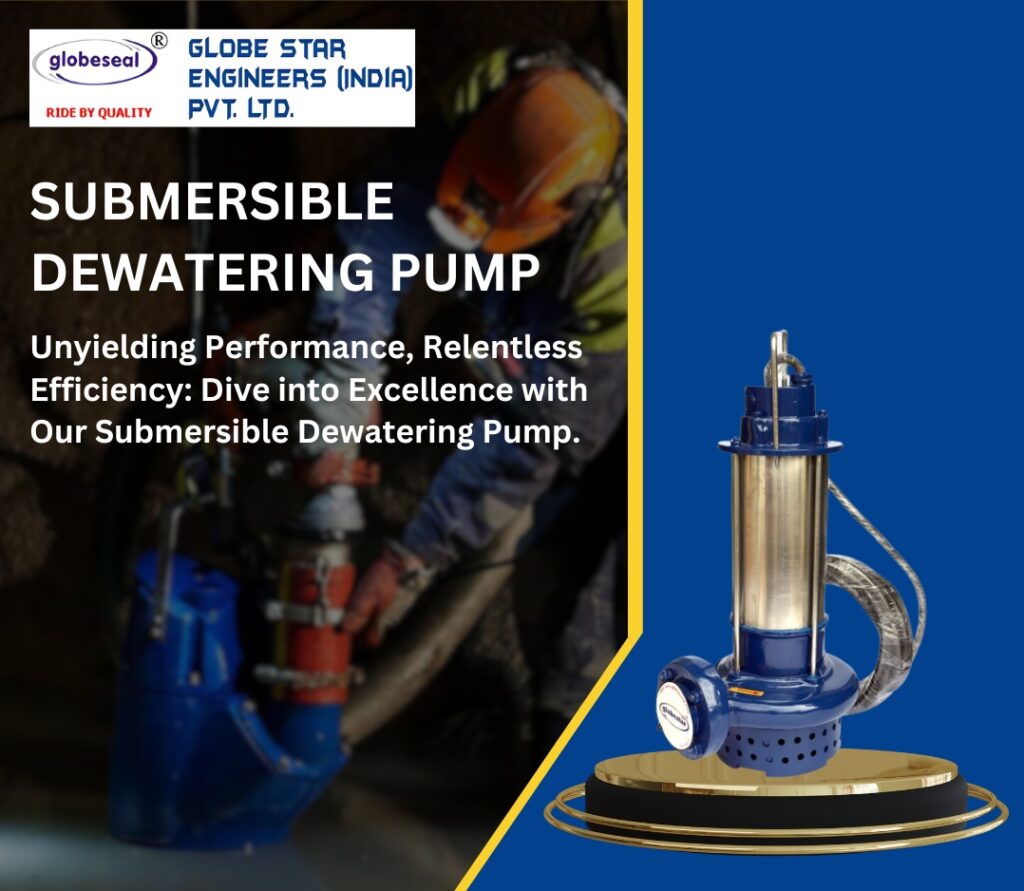Submersible Dewatering Pumps : Working, Applications, Construction Sites
Renewable energy harnessed from solar power offers a sustainable and eco-friendly solution to meet the worlds.

Introduction:
Submersible dewatering pumps are a remarkable innovation in the world of water management. These pumps play a pivotal role in various industries, helping to remove excess water from construction sites, mines, basements, and more. In this blog post, we will explore the ins and outs of submersible dewatering pumps, including their working principles, applications, advantages, and maintenance tips.
Submersible Dewatering Pumps: How Do They Work?
The Submersible Advantage:
Submersible dewatering pumps are designed to operate underwater. Their hermetically sealed motors and impellers are placed inside the water, allowing them to effectively pump out large volumes of water or slurry. This submerged operation ensures efficient and continuous dewatering without the risk of pump cavitation.
Working Principles:
These pumps work on the same centrifugal principle as conventional centrifugal pumps. When the impeller rotates, it creates a centrifugal force that propels water away from the pump and towards the discharge outlet. The key difference lies in their submersible nature, which makes them ideal for applications where the water level needs to be lowered significantly.
Applications of Submersible Dewatering Pumps:
Submersible dewatering pumps find a wide range of applications in various industries:
Construction Sites:
These pumps are indispensable for keeping construction sites dry, ensuring worker safety, and preventing foundation damage.
